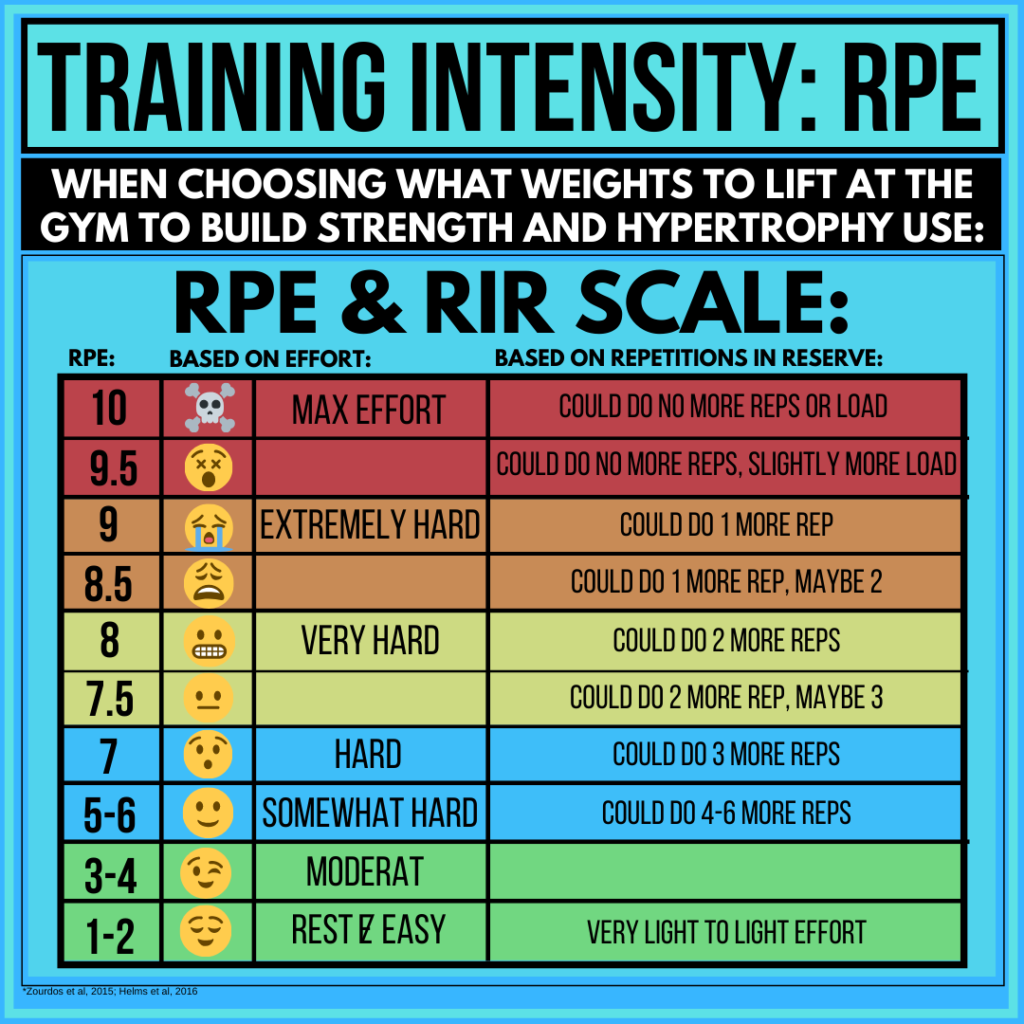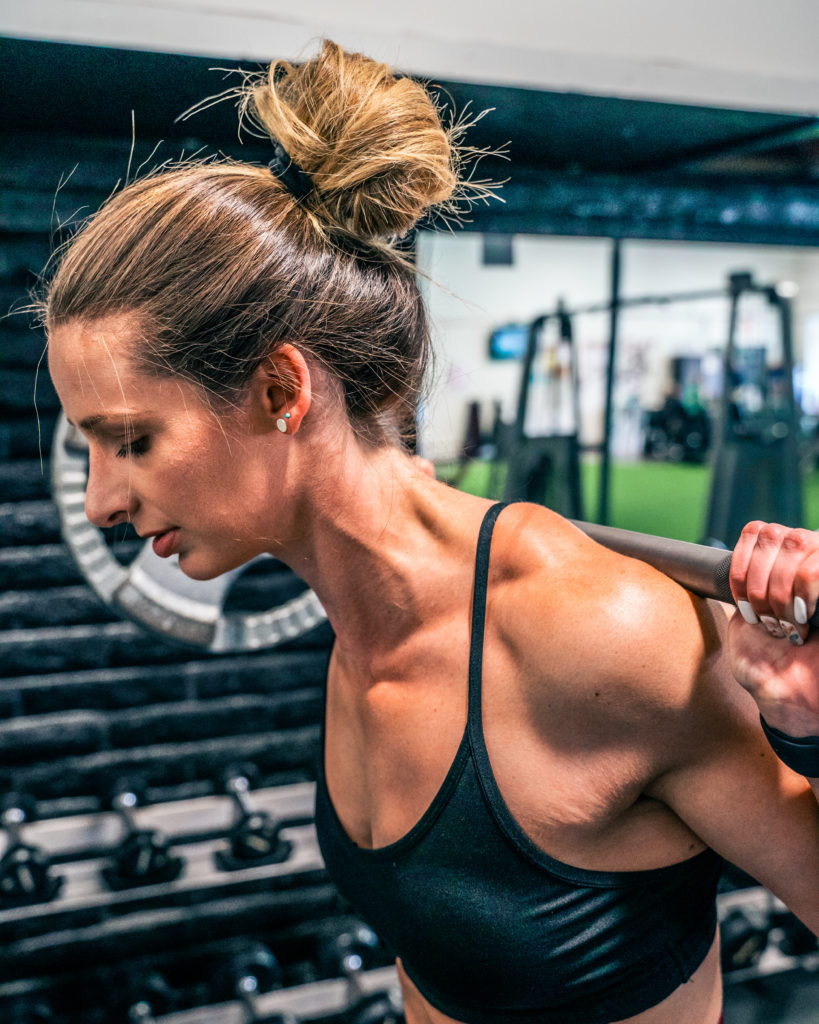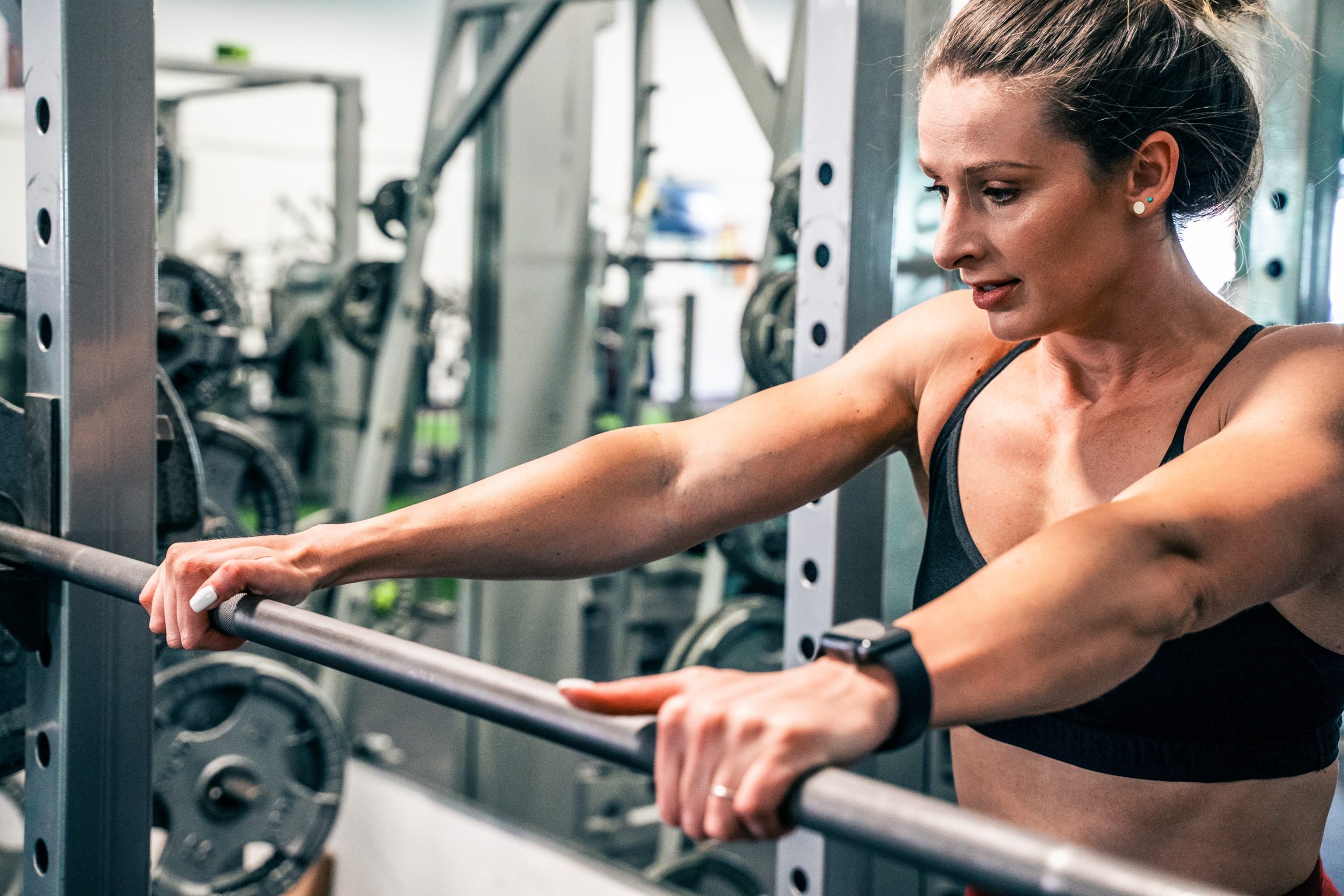When choosing what weights to lift at the gym to build strength and hypertrophy it’s important to understand the concepts of Rate of Perceived Exertion (RPE) and Reps in Reserve (RIR) to be able to appropriately gauge your training intensity and challenge yourself to work hard.
In order to build strength and muscle it is important to train with intention and challenge your body but also train smartly and not till failure (most of the time).
RPE is a subjective measure of how hard you feel like you are working during physical activity. It also allows you to auto regulate your training and set an appropriate desired intensity based on your goals and current body feels for the day. Using RPE as a tool can help you manage fatigue because it’s flexible and it effectively ensures you are working with an appropriate intensity for each given workout or exercise you do.
For example:
There are days in the gym where you may feel really energized, you had a great night’s sleep, fully recovered from your last training session and ready to rock your lift. These are the days where heavier loads may feel “easy” and you’re able to move more weight.
Then there are days where you may feel sleepy, tired and sluggish, maybe didn’t sleep well, just overall bleh feeling but you are still planning on doing a workout. These are the days where even the bar may feel heavy and that’s where you may want to scale back the weight.
Learning to gauge RPE takes time and practice, it’s not something you can just “get” which is why another way to think about this is using RIR, which is basically just gauging how many reps you have left in the tank.
We all naturally train in some form or fashion with the concept of reps in reserve.
Using RIR is a convenient way to apply the RPE scale especially when it comes to strength training of how hard a set felt and how many more reps you had left in the tank.
If you are new to training, utilize RIR as a guide in how hard to push yourself. Most of the time novice lifters should challenge themselves when they work out and aim for this zone for their working sets.
If you aren’t already using RPE/RIR, give it a shot!
Some big takeaways are:
- RPE and RIR, are a form of autoregulation of perceived effort. When used correctly they should teach you how to train harder and smarter.
- If you are looking to get stronger and make gains you need to be implementing progressive overload and utilizing the RPE and RIR scale to gauge your intensity.
- There is a sweet spot of learning how to maintain proper intensity while still keeping good form and technique. The goal is to train with intention and a solid effort which can boost your progress. If you are relatively new to lifting it will take time to find that sweet spot of training intensity. The more experience you gain from lifting weights the easier it gets to find your gauge and listen to your body.
- In order to adapt to a stressor and get stronger (build muscle) you should be challenging yourself in the gym. If you are working out and find yourself with 6+ reps left in your tank it’s possible that you aren’t training hard enough. You want there to be a noticeable struggle but not so much that your form breaks down and you can’t complete the workout.

Using the RPE & RIR scale can help you make daily changes in your training. On days you feel great you can push harder and on days you don’t feel so great you can taper accordingly.
It helps you listen to your body and monitor how you feel so you can adjust accordingly.
Don’t be afraid to test the waters and experiment with heavier weights or do more reps while you are learning. You may surprise yourself with how much more you can actually do!


LEAVE A COMMENT
Comments